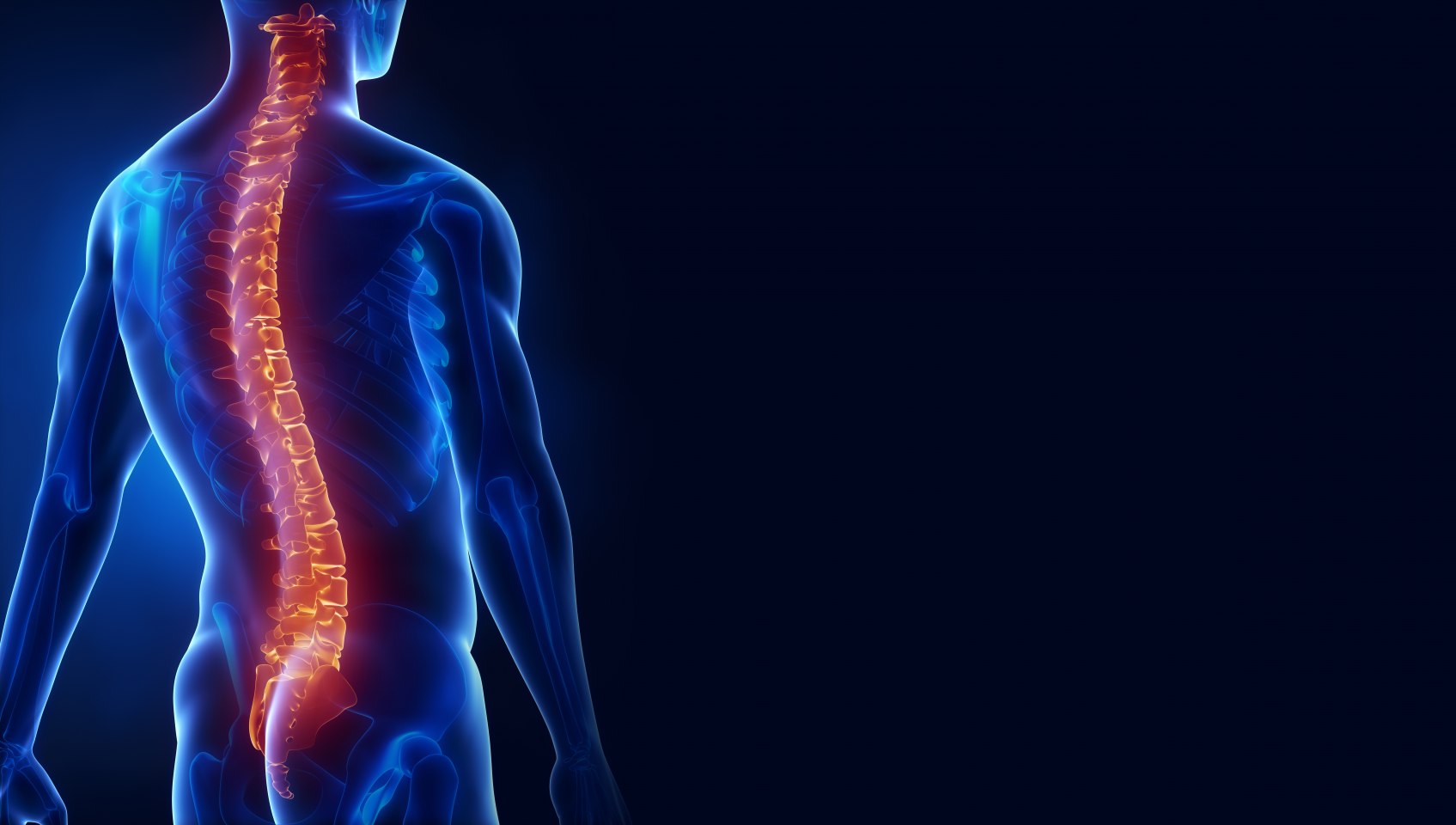A gentle touch and controlled contact on the first vertebra in the neck is designed to restore balance to the spine. Even though the primary focus is the head and neck, the effects of correction influence the whole spine and all body systems. This is because the NUCCA procedure influences one of the highest control centers over body balance: the brainstem and central nervous system.
The C-1 vertebra also known as the Atlas, is a small donut-like bone located at the top of the spine and the base of the skull that surrounds the brain stem. When the spine is subjected to stress it can become misaligned. This phenomenon is known as the Atlas Subluxation Complex Syndrome (ASC).
The nerves in our spinal column are very sensitive to pressure and stress. When the spine becomes misaligned sufficiently it stresses the nerves, compromises their normal impulses, and changes function throughout the body.
Nerves are responsible for four primary functions: 1. Control and regulate all vital functions including circulation, breathing and digestion. 2. Activate muscles allowing us to move. 3. Allow us to sense, perceive and feel. 4. Relate us to the world outside ourselves including learning, experiencing and behavior.
The upper cevical adjustment depends upon precise mathematical calculations, physics, and biomechanics. X-rays are a critical part of ensuring the spinal correction is accurate and successful. The doctor will take pre-adjustment x-rays from different angles, focusing on the Atlas. These x-rays determine the direction and degree of spinal misalignment and how to properly restore the spine to normal.
